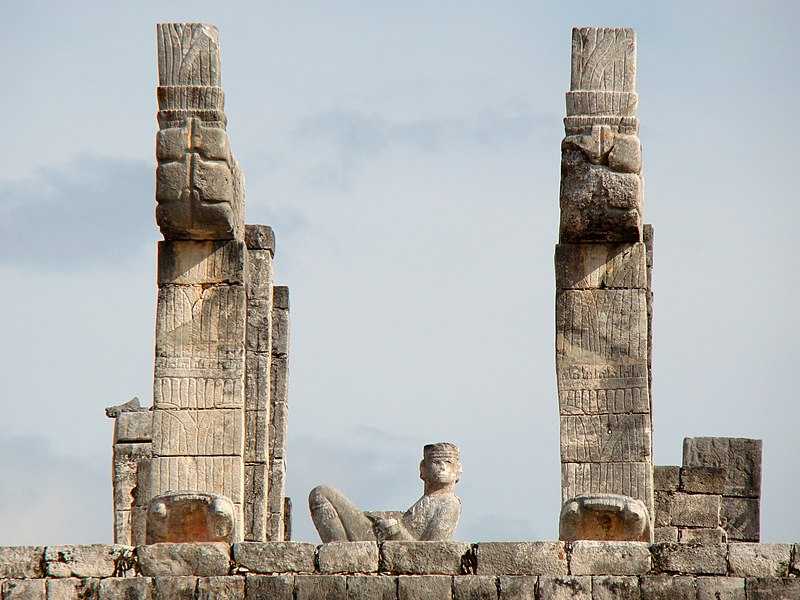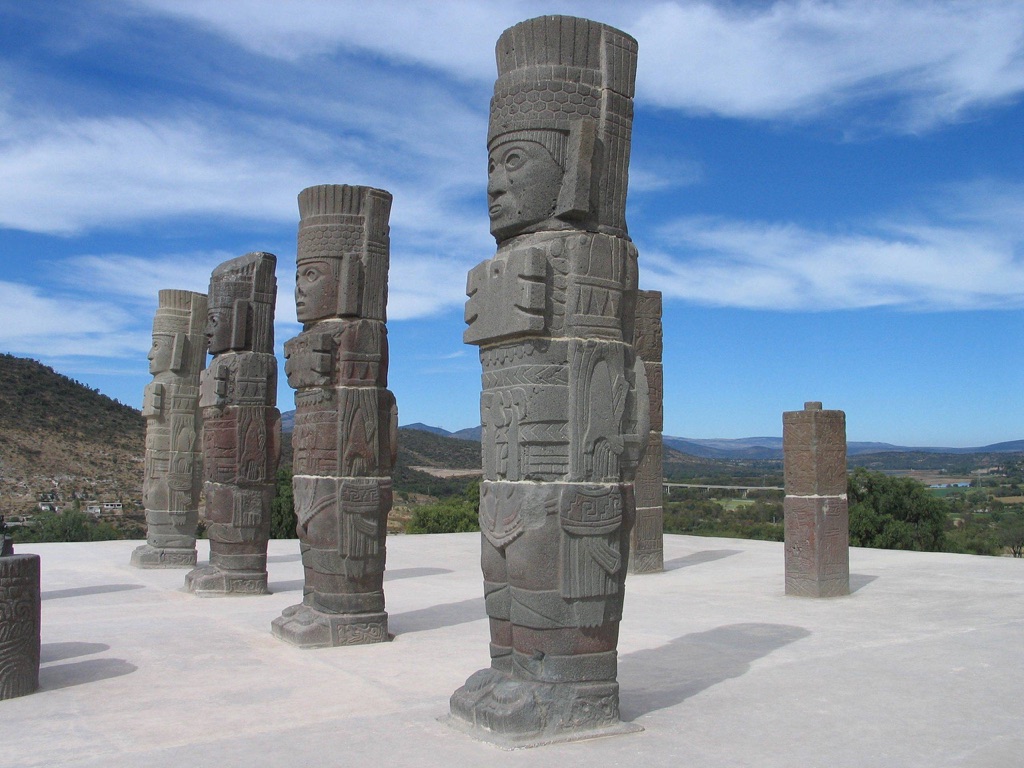Atlantean figures are a fascinating architectural feature belonging to the Toltec culture in Mesoamerica. These stone sculptures take their name from the European tradition of similar Atlas or Atalante figures in classical architecture, where they were used as supporting structures in place of columns or pillars. The most famous examples of Toltec figures can be found in the ancient city of Tula, located in present-day Mexico.
Toltec civilization
The Toltec civilization was a prominent Mesoamerican culture that thrived from the 10th to the mid-12th century CE. This ancient civilization was centered in Tula, in what is now central Mexico. The Toltecs were master builders and are best known for their monumental architecture and detailed sculptures. They built impressive temples, palaces, and pyramids decorated with columns and statues representing warriors. These architectural feats showcased their understanding of urban planning and religious significance. History often depicts the Toltecs as skilled artisans, potters, and jewelers. The remains of their art, recovered from archaeological sites, reveal a society rich in culture and craftsmanship.
The influence of the ancient Toltec civilization was vast, extending far beyond their central city of Tula. They held sway over a large portion of central Mexico through both trade and conquest. Their spiritual beliefs and cultural practices had a significant impact on later civilizations, including the Aztecs. Toltec warriors were highly regarded, and their military might played a crucial role in the expansion of their influence. The civilization had a complex social structure and believed in a pantheon of gods, Quetzalcoatl being a prominent deity. Despite the decline of the Toltec empire, which some historians attribute to invasion and internal strife, their cultural legacy persisted. The art, architecture, and mythologies of the Toltecs continue to captivate people around the world, shedding light on the pre-Columbian history of the Americas.

Chac Mool
The Chac Mool is a distinctive type of Mesoamerican sculpture featuring a reclining figure with its head turned to one side, holding a tray over its stomach. These intriguing artifacts are found in various regions of Mexico, particularly in the ancient cities of Chichen Itza and Tula. The name “Chac Mool” is attributed to Augustus Le Plongeon, a 19th-century archaeologist who named the sculpture after a Maya deity.

